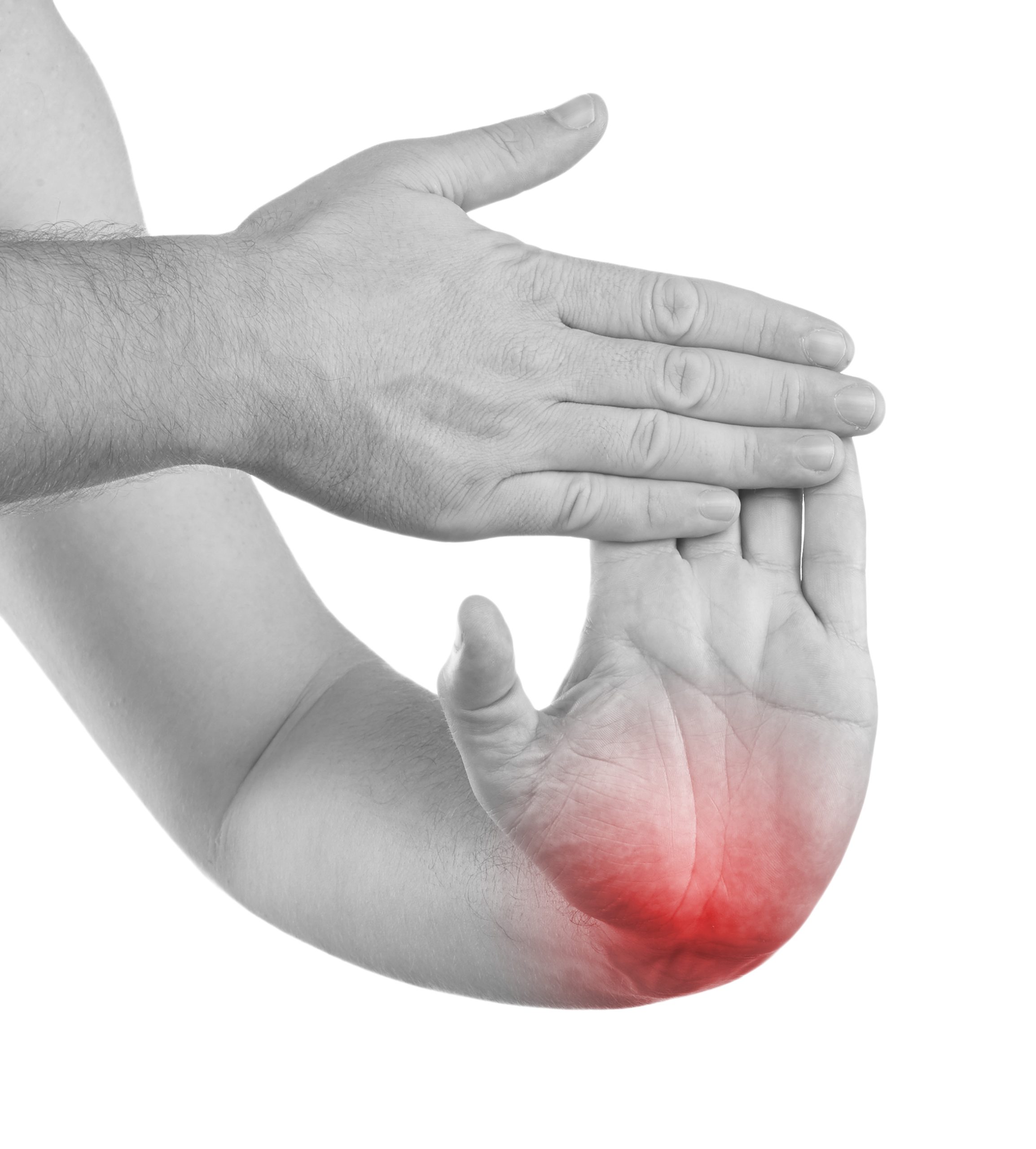What is Carpal Tunnel Release?
Carpal Tunnel Release is a surgical procedure aimed at relieving the symptoms of carpal tunnel syndrome, a condition characterized by numbness, tingling, and weakness in the hand and fingers. This procedure involves cutting the transverse carpal ligament to reduce pressure on the median nerve, thereby alleviating symptoms and improving hand function.

Why Might You Need Carpal Tunnel Release?
Carpal Tunnel Release may be recommended if you experience:
- Numbness and Tingling: Persistent numbness or tingling sensation, especially in the thumb, index, middle, and ring fingers.
- Weakness: Weakness or difficulty gripping objects, particularly in the affected hand.
- Nighttime Symptoms: Symptoms worsen at night, leading to disrupted sleep.
- Non-Responsive to Conservative Treatments: Symptoms that do not improve with non-surgical treatments such as splinting, corticosteroid injections, or physical therapy.
What Are the Steps in a Carpal Tunnel Release Procedure?
Preoperative Preparation
- Medical Evaluation: Comprehensive review of your medical history, symptoms, and previous treatments.
- Diagnostic Assessment: Physical examination and possibly nerve conduction studies to confirm the diagnosis and plan the procedure.
- Informed Consent: Detailed discussion of the procedure, potential benefits, and risks.
During the Procedure
- Patient Positioning: You will be comfortably positioned to allow easy access to the wrist and hand.
- Anesthesia: Local anesthesia is typically used to numb the hand and wrist.
- Incision: A small incision is made in the palm or wrist.
- Release of Ligament: The surgeon cuts the transverse carpal ligament to relieve pressure on the median nerve.
- Closure: The incision is closed with sutures, and a sterile dressing is applied.
Postoperative Care
- Observation: Brief period of monitoring after the procedure to ensure there are no immediate complications.
- Activity Guidelines: Instructions on caring for the incision and guidelines for gradually resuming normal activities.
- Pain Management: Medications and techniques for managing postoperative pain and swelling.

Recovery and Rehabilitation
Postoperative Care
- Immediate Effects: Many patients experience relief from symptoms shortly after the procedure.
- Pain Monitoring: Keeping track of pain levels and hand function to track recovery progress.
- Follow-Up Appointments: Scheduled to monitor healing, remove sutures, and assess hand function.
Potential Complications
While Carpal Tunnel Release is generally safe, potential complications can include:
- Infection: Risk of infection at the incision site.
- Bleeding: Minor bleeding or bruising may occur.
- Nerve Damage: Rare but possible risk of temporary or permanent nerve damage.
- Stiffness or Recurrence: Stiffness or the possibility of carpal tunnel syndrome recurring.
Benefits of Carpal Tunnel Release in
Hand & Upper Extremity Management
- Relief of Symptoms: Reduction in numbness, tingling, and weakness in the hand and fingers.
- Improved Functionality: Enhanced ability to perform daily activities and use the affected hand.
- Quick Recovery: Short recovery period with minimal downtime.
- Enhanced Quality of Life: Improved overall well-being and ability to engage in work and leisure activities.
Find a Hand Surgeon
Hand & Upper Extremity
Genesys Surgery CenterLivoniaView all
Hand & Upper Extremity
Genesys Surgery CenterLivoniaView all


